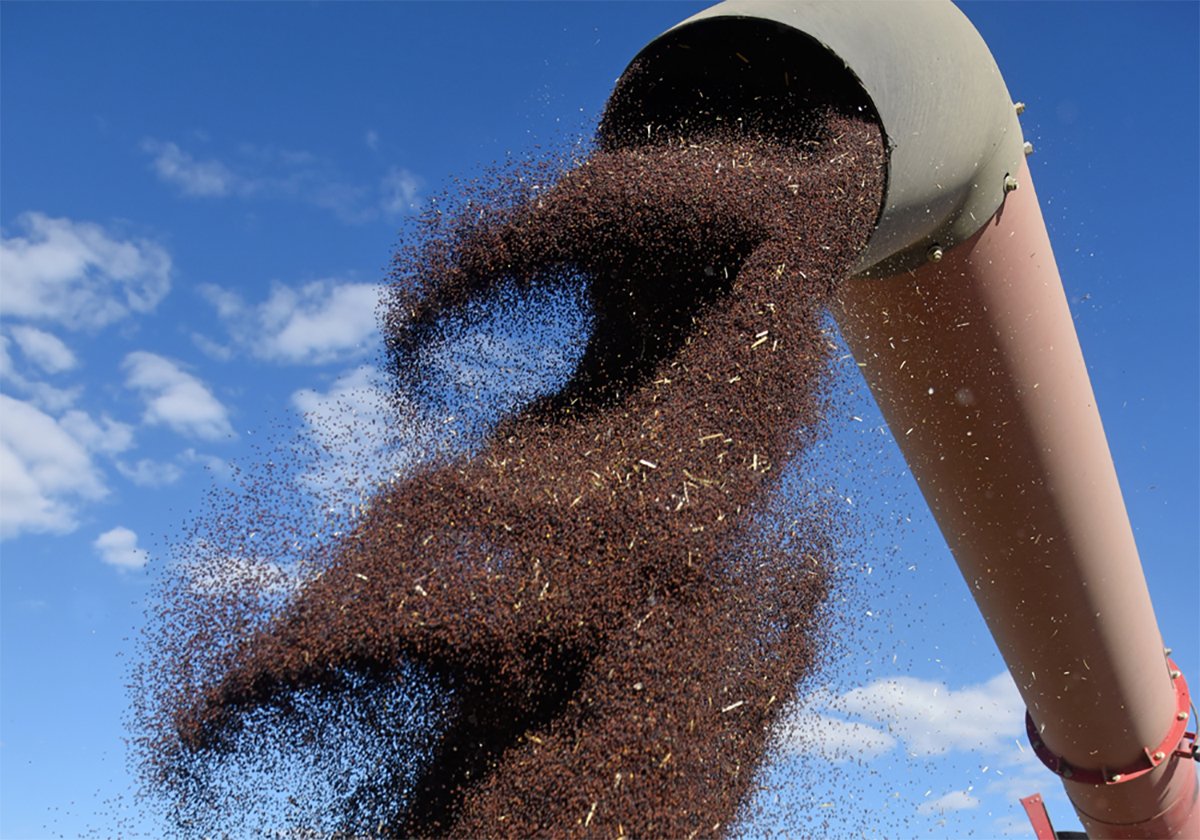Honeybee losses hit a record high in 2014-15
(Reuters) — U.S. environmental regulators on May 28 proposed a rule that would create temporary pesticide-free zones to protect commercial honeybees, which are critical to food production and have been dying off at alarming rates.
The restrictions would cover times when specific plants are in bloom and when commercial honeybees are being moved through certain areas, EPA officials said.
Honeybees are needed to pollinate plants that produce a quarter of the food consumed by Americans and beekeepers travel around the country with managed hives to help the process.
Read Also

Ag minister says tariff situation with China is fragile, volatile
Agriculture ministers from across Canada said they heard canola producers’ concerns about tariffs but it seems unlikely they can do much about them.
The rule includes a class of insecticides knowns as neonicotinoids, which some have blamed for the demise of honeybee colonies.
Earlier this month, the U.S. Department of Agriculture said that honeybees had disappeared at a staggering rate over the last year.
Losses of managed honeybee colonies hit 42.1 percent from April 2014 through April 2015, up from 34.2 percent for 2013-14 and the second-highest annual loss to date, according to the USDA.
Beekeepers, environmental groups and some scientists say neonicot-inoids, or neonics — used on crops such as corn as well as on plants used in lawns and gardens — are harming the bees.
But Bayer, Syngenta and other agrichemical companies that sell neonic products say mite infestations and other factors are the cause.
The U.S. White House has formed a task force to study the issue, and the EPA has been studying the effects of neonics on bees.














